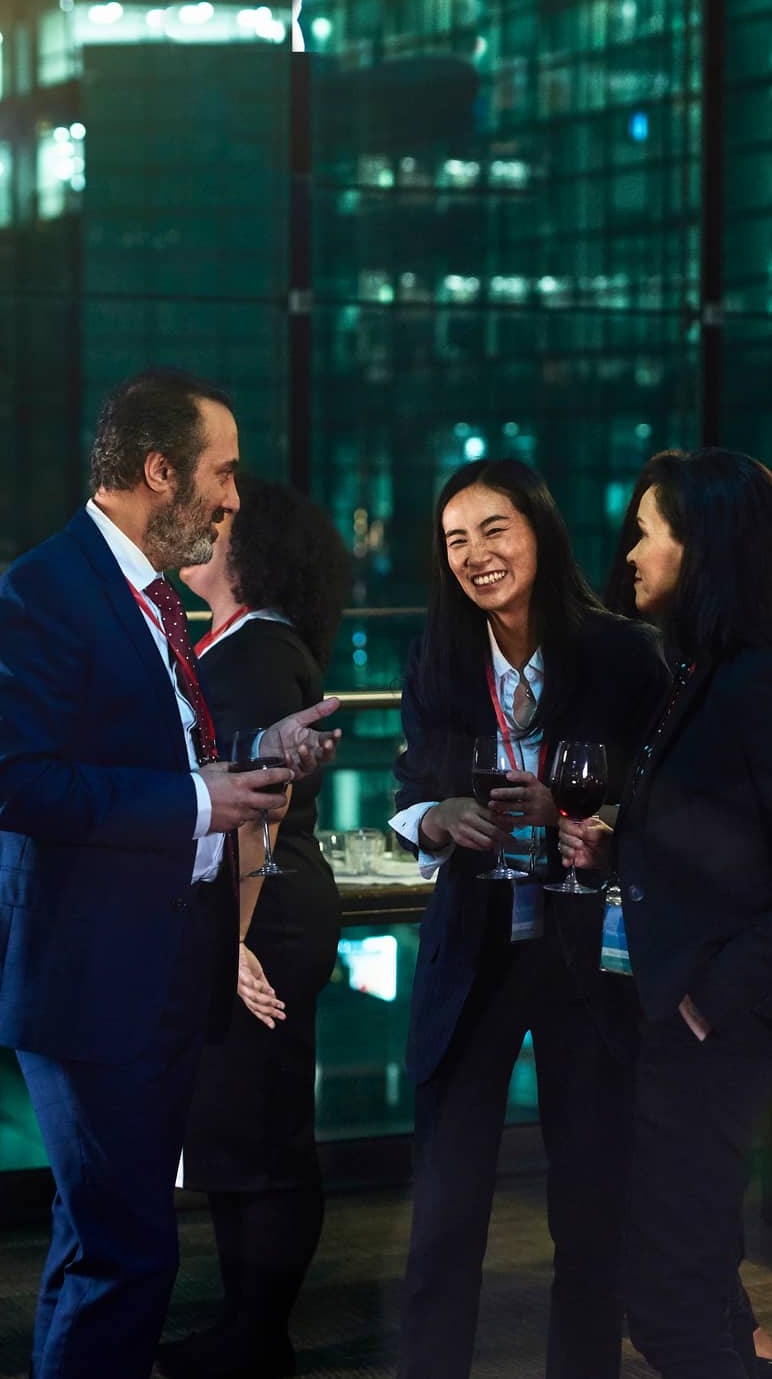Riccardo Campione, Associate Professor at Les Roches, takes a look at how ‘gamification’ – applying the principles of games in non-game situations – has big potential within the hospitality industry.
If – like many of our alumni – you’re a leader within the hospitality industry, there are several universal and critical tasks on your plate. They include increasing customer loyalty, employee motivation and employee engagement. At its core, hospitality is a service business: so in order to create mutual value, organizations must care for both their customers and their employees.
While this sounds simple in theory, it is much more difficult in practice. Both of these stakeholders have their own particular demands. A strategy that works well to please customers may cause the complete opposite effect on employees (or vice versa). Along with this, customers and employees aren’t monoliths. There are inevitably different values, opinions, and feelings within both groups, so you need to account for those as well.
Luckily, however, there is one strategy that can help any type of business solve these challenges. That strategy is gamification.
What is gamification?
The concept of gamification has been around for decades. Put simply, it involves taking an already-existing asset or process and integrating different types of game elements within it. Gamification is recognized as a powerful engagement tool that can increase the odds of a person or group of people accomplishing a particular goal.
To give one simple example, the Boy Scouts of America recognized the power of gamification in the early 20th century. When a scout achieved some specific goal, or became proficient in some type of activity, he received a badge. The badge itself is simply a piece of cloth; yet it represented hard work and discipline. Collecting a badge was like ‘leveling up’ in a game. After doing it once, you would want to do even more work to collect additional badges. Along with this, the badge was a powerful signaling device. It allowed other scouts to see how they compared with their peers. For some scouts, this unleashed an internal competitive streak that drove them to gather more patches than others.
The actual term “gamification” was only coined in 2002, however. Since then, digital startups have been infatuated with leveraging gamification to increase user engagement. While Foursquare was the poster child of this movement, many other digital startups have joined the fray.
In a nutshell, the modus operandi of gamification is to leverage basic human needs and desires to accomplish a certain goal. Some of these include socializing, learning, mastery, competition, status, achievement, and self-expression. These are deep, personal needs and desires, which makes gamification an extremely powerful strategy to incentivize certain behavior.
How gamification works on us
Gamification works because it taps into our emotions. The games are designed to fulfill our needs of accomplishment, recognition and status. A great example of gamification in today’s society is social media. Social network developers have leveraged things such as ‘likes’ and follower counts to appeal to users’ vanity. Likes are the points or currency in the game of social media. Everyone from the solo entrepreneur to a popular influencer is looking for likes on social media in order to show their clout and influence. People want to win this game so badly that they resort to spending actual, hard-earned dollars to buy followers and likes.
Gamification works because it taps into our emotions.
Along with this, many of the best games make it extremely easy to share your accomplishments with others. This is why follower and like counts are so powerful. Anyone visiting a social media page can see whether a particular user is ‘winning’ at the game or not. With Foursquare, for instance, the platform itself made it easy to share user’s badges and ‘mayorships’ with others. Therefore, when gamifying your applications or processes, make it social. Ensure that it is easy for participants to share and broadcast their results with each other.
Finally, the best games provide a sense of accomplishment. There are plenty of examples where corporations have gamified internal training to quickly teach their employees new skills. For instance, Cisco invented a 46-course global social media training to help its contractors and employees leverage social media skills. By introducing certification and sub-certification levels and collaborative team challenges, Cisco had hundreds of employees obtain the certification. These employees, as they proceeded through the program, felt proud of the certification levels that they obtained.
To make gamification work most effectively, you ultimately want to design your games to appeal to these basic human needs and desires. By doing so, you may be surprised at how much easier it is to accomplish both large and small organizational goals.
Why bother with gamification in the hospitality industry?
The hospitality industry is ripe for gamification. The most significant benefit for service-based businesses (like those in the hospitality industry) is that they build customer loyalty. By gamifying a core component of your business, you incentivize your customers to stick with your company in order to possibly ‘win’ the game.
One of the most obvious examples of this is airline and hotel loyalty programs. Both airlines and hotels have used gamification to spur the competitive nature of their customers and increase the stickiness of their overall brand. Air Canada, for instance, has created an “Earn Your Wings” promotion that created a leaderboard showing top fliers according to certain metrics like total miles flown. The grand prize was 10 million frequent flyer miles, and at the end of the promotional period, the “Earn Your Wings” promotion had twice the predicted registration.
By making the experience fun and unique, hotels are better able to distinguish themselves in the marketplace.
Gamification in the hospitality industry can also bring fun and entertainment to the overall customer experience. It can show off a business’s unique personality and help separate that business from competitors. Hotels, for instance, have gamified the standard hotel experience. In fact, there is even a Trivial Pursuit Hotel in Russia that determines guest rates by the number of trivia questions they answer correctly. By making the experience fun and unique, hotels are better able to distinguish themselves in the marketplace.
As for employees in the hospitality industry, there are clear incentives to gamifying positive customer service outcomes. By making it a game to see which employees can provide the best possible customer service, you can create better customer service in the aggregate.
For example, FreshDesk has leveraged gamification to incentivize employees to offer fast and effective customer service in response to things like support tickets and customer forums. Agents can ‘level up’ based on certain achievements and gain bonus points if they go above and beyond their responsibilities. While this is just one example, it goes to show that in service businesses, gamification can be used to keep employees motivated and engaged—especially in critical tasks like customer service.
Embrace the power of gamification
Gamification is no longer a cutting-edge concept, yet it remains an extremely effective way to increase customer loyalty and elevate employee motivation and engagement. According to one survey from TalentLMS, 89% of employees argue that gamification makes them more productive at work and 88% say it makes them happier at work.
As for customers, reports show that customers—particularly Millennials—are interested in getting rewards for purchases and engagements with brands. Whether it is through a loyalty program or something else, consumers enjoy the competitive and broadcasting aspects of games.
Even so, there are some downsides to gamification. For instance, you need to think long and hard about which behaviors you want to incentivize. Choosing the wrong incentives may cause more harm in the long run. In addition, gamification may bring out too much competitive energy and may cause some employees to stab others in the back.
But having said this, gamification can be a true game-changer in the hospitality industry. Regardless of the behavior that you want to incentivize, I would encourage you to experiment. Create ‘beta’ games for your employees or customers and see how they react. Gather as much data as possible and iterate accordingly. By doing this, you will be able to use gamification to take your hospitality business to the next level. I wish you the best of luck!
Discover more insightful articles from Riccardo Campione:



